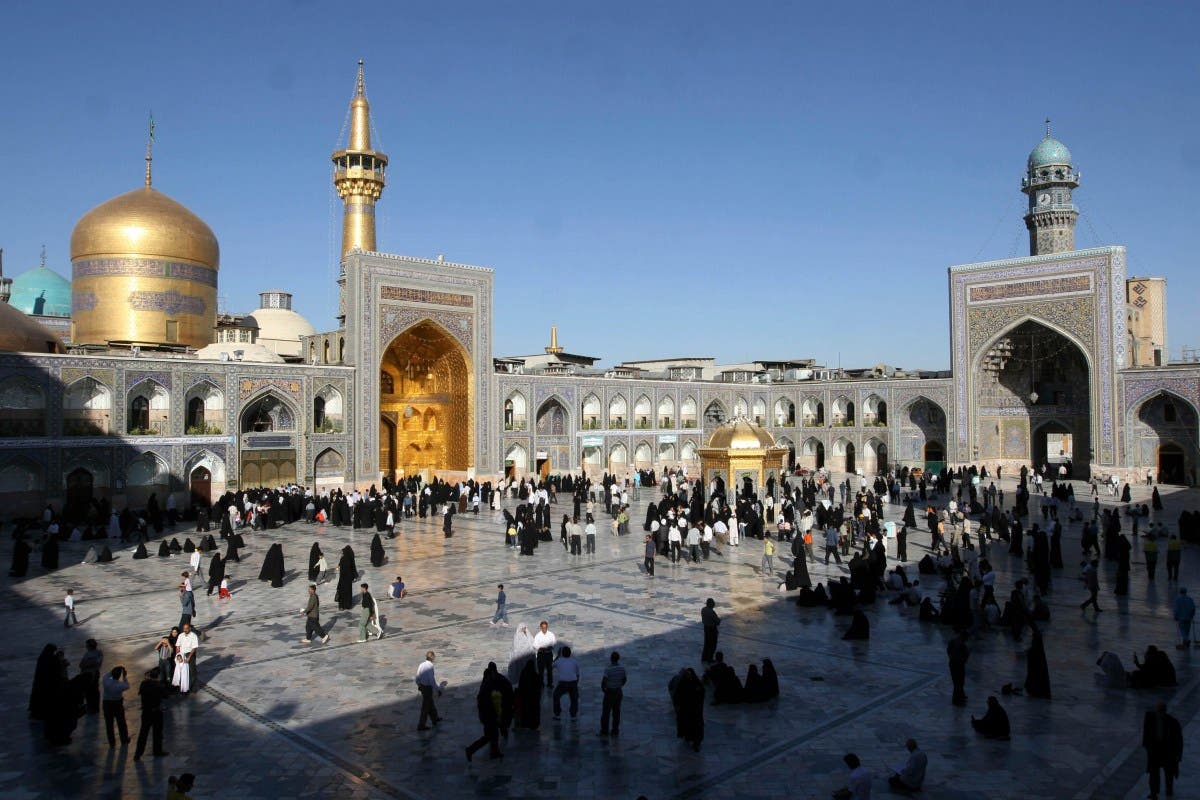Home / Disasters and Accidents / Mashhad, Iran Faces Catastrophic Water Crisis as Reserves Plummet
Mashhad, Iran Faces Catastrophic Water Crisis as Reserves Plummet
10 Nov
Summary
- Mashhad's water reserves have fallen below 3% of capacity
- Iran faces severe water shortages due to worsening droughts and mismanaged resources
- Authorities warn of potential water rationing in Mashhad and other major cities

As of November 10, 2025, Mashhad, Iran's second-largest city and a major religious center, is facing a catastrophic water crisis. The city's water reserves have fallen below 3% of capacity, putting its 4 million residents on the brink of a major emergency.
This crisis in Mashhad is just one symptom of a nationwide catastrophe unfolding in Iran. The country is grappling with the consequences of worsening droughts, record-low rainfall, and decades of mismanaged water resources. Policies that favored building new dams and drilling deep wells over maintaining infrastructure and promoting conservation have left Iran facing severe water shortages.
Mashhad is not alone in this struggle. Several other Iranian cities, including the capital Tehran, are also experiencing shrinking reservoirs and depleted aquifers. Major lakes like Lake Urmia in the northwest have largely dried up after years of mismanagement and reduced inflow. The widespread shortages reflect how declining rainfall and poor infrastructure planning have strained both urban water supply and agricultural output.
Advertisement
Without urgent conservation efforts and structural reforms, large population centers in Iran could face lasting water shortages. As a major food producer for the region, Iran's worsening crisis threatens to reduce agricultural output and undermine food security in neighboring countries. Growing pressure on shared river basins also risks heightening regional tensions.
Authorities in Iran are now scrambling to avert a full-blown crisis. They are urging residents to prioritize water conservation and are reviewing plans for potential rationing in the coming months. However, the severity of the situation underscores the need for more comprehensive and long-term solutions to address Iran's water management challenges.


